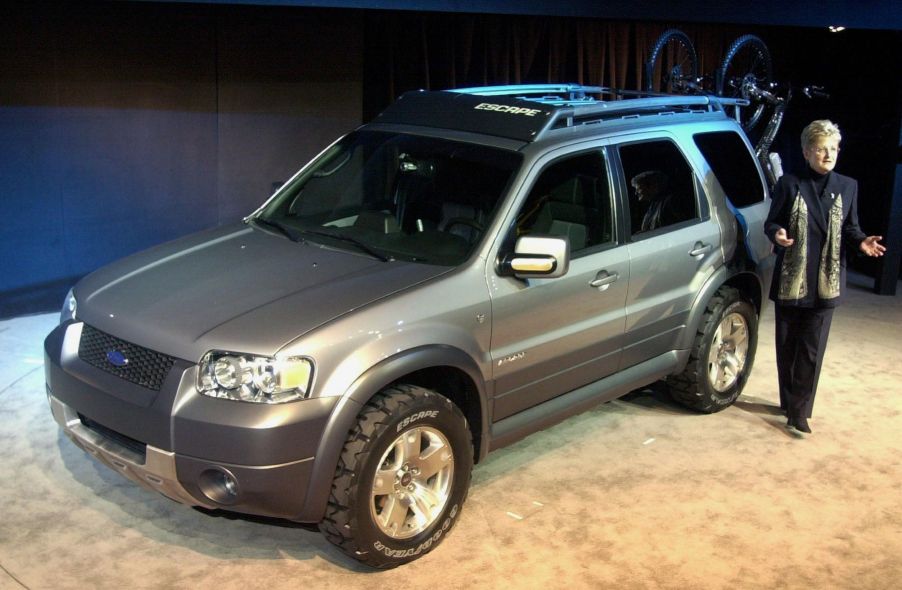
Unibody vs. Body-on-Frame SUVs and Trucks: Which Is Better?
All SUVs and pickup trucks come with some type of underbody construction that the rest of the vehicle is built off of. The one you drive now will either have a body-on-frame or a unibody foundation. Body-on-frame construction was the go-to choice for almost all vehicles back in the day, but computerization has changed that.
Figuring out which one is the better option will depend on the purpose you want to use the vehicle for. What are the differences between the two, and which one should you go for? Let’s look at today’s comparison to find out!
What is the difference between a body-on-frame and unibody construction?

The body-on-frame construction is when the vehicle’s body is attached to another frame, hence the body-on-frame name. According to AutoList, some of the most popular pickups with this type of framework are the Ford F150, Chevy Silverado, Ram 1500, Toyota Tacoma, and Nissan Titan.
As far as SUVs go, the Ford Expedition, Lincoln Navigator, and the Cadillac Escalade are a few examples that run with this type of frame. However, it’s not as popular to find it on a sport utility vehicle as it is on pickup trucks.
A unibody framework comes all in one piece. You might also hear it called a car-based construction, which you find with most SUV models, but not so much with trucks. Some examples of SUVs running on this framework are the Honda Pilot, Toyota Highlander, Hyundai Santa Fe, and Ford Explorer.
Benefits of body-on-frame and unibody construction
If you’re looking for a used vehicle and don’t know which framework would be the best, consider the primary reason you want to buy the SUV or truck.
Body-on-frame construction will withstand twisting forces, and it tends to repel snow, mud, and stones. These make it perfect for off-roading adventures because you can drive on rough terrain and worry less about rust, according to Autotrader. This kind of framework is cheaper to make, has higher ground clearance, and it’s durable. So, if you’re looking for decent towing capacity, this kind of construction would be perfect for you.
The unibody frame is easier to make, more lightweight, and is much safer than the body-on-frame construction. Its one-piece frame is less likely to roll, offers a smoother ride on pavement, and has specific points that absorb kinetic energy. That means passengers won’t take the brunt of an impact like they could with a body-on-frame design. So, if you’re looking for a safe vehicle that has good fuel economy, this would be the option to go for.
The future of the SUV and pickup framework
Pickups typically come with body-on-frame construction, and SUVs often have a unibody frame. However, as newer vehicles are updated with many improvements, we’re seeing a slight shift. Trucks, like the 2022 Ford Maverick, now have the unibody frame. It’s not the only one, either. The Honda Ridgeline has had it for a few years, and Hyundai Santa Cruz will be joining them as well.
Most pickups go (or went) for the body-on-frame type due to the towing capabilities. However, trucks, like the Maverick and Ridgeline, aren’t built for heavy-duty hauling, so it’s best to produce a truck that will get better fuel economy and offer safety benefits instead.
Some SUVs are also heading in that direction as well. Crossover SUVs have pretty much always had a unibody framework. Meanwhile, a few of the larger sport utility vehicles would have the body-on-frame type as some were built for off-roading.
While body-on-frame construction has always been the choice for pickups and larger SUVs, you might see this type of framework dwindle as time goes on. Unibody frames are easier to build, especially in high quantities, enabling automakers to save more money in the long run.


